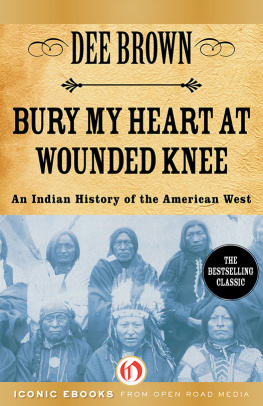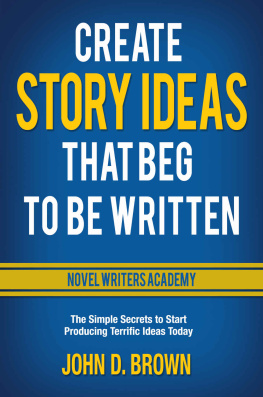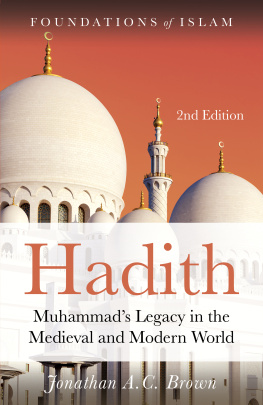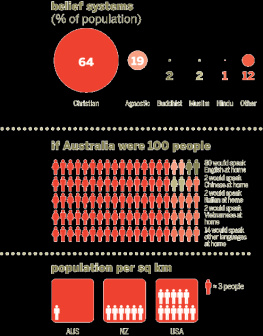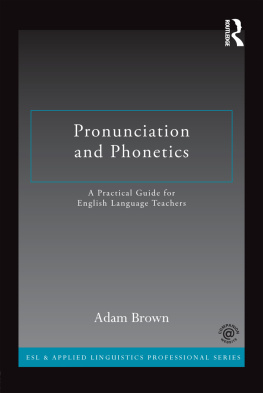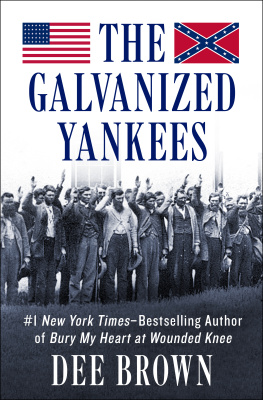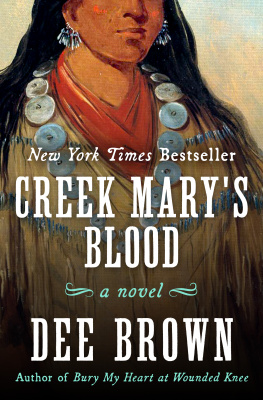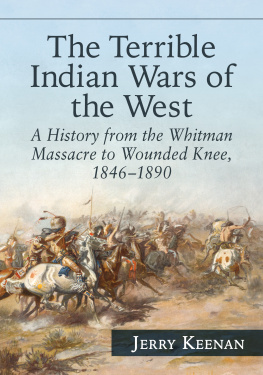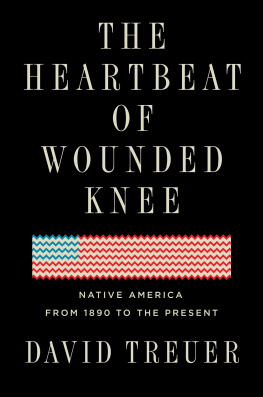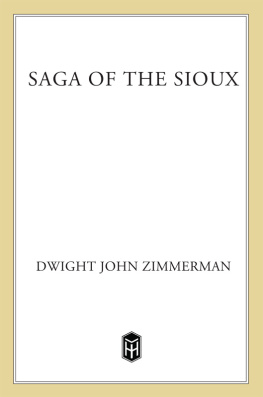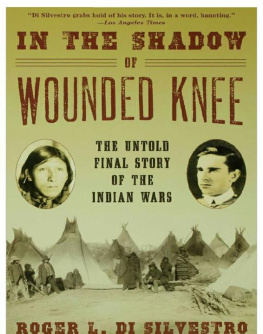Brown - Bury My Heart at Wounded Knee: An Indian History of the American West
Here you can read online Brown - Bury My Heart at Wounded Knee: An Indian History of the American West full text of the book (entire story) in english for free. Download pdf and epub, get meaning, cover and reviews about this ebook. year: 1970, publisher: Open Road, genre: Politics. Description of the work, (preface) as well as reviews are available. Best literature library LitArk.com created for fans of good reading and offers a wide selection of genres:
Romance novel
Science fiction
Adventure
Detective
Science
History
Home and family
Prose
Art
Politics
Computer
Non-fiction
Religion
Business
Children
Humor
Choose a favorite category and find really read worthwhile books. Enjoy immersion in the world of imagination, feel the emotions of the characters or learn something new for yourself, make an fascinating discovery.
Bury My Heart at Wounded Knee: An Indian History of the American West: summary, description and annotation
We offer to read an annotation, description, summary or preface (depends on what the author of the book "Bury My Heart at Wounded Knee: An Indian History of the American West" wrote himself). If you haven't found the necessary information about the book — write in the comments, we will try to find it.
Dee Browns powerful and unforgettable classic that awakened the world to the nineteenth-century decimation of American Indian tribes
First published in 1970, Bury My Heart at Wounded Knee generated shockwaves with its frank and heartbreaking depiction of the systematic annihilation of American Indian tribes across the western frontier. In this nonfiction account, Dee Brown focuses on the betrayals, battles, and massacres suffered by American Indians between 1860 and 1890. He tells of the many tribes and their renowned chiefsfrom Geronimo to Red Cloud, Sitting Bull to Crazy Horsewho struggled to combat the destruction of their people and culture.
Forcefully written and meticulously researched, Bury My Heart at Wounded Knee inspired a generation to take a second look at how the West was won.
This ebook features an illustrated biography of Dee Brown including rare photos from the authors personal collection.
Amazon.com ReviewFirst published in 1970, this extraordinary book changed the way Americans think about the original inhabitants of their country. Beginning with the Long Walk of the Navajos in 1860 and ending 30 years later with the massacre of Sioux men, women, and children at Wounded Knee in South Dakota, it tells how the American Indians lost their land and lives to a dynamically expanding white society. During these three decades, Americas population doubled from 31 million to 62 million. Again and again, promises made to the Indians fell victim to the ruthlessness and greed of settlers pushing westward to make new lives. The Indians were herded off their ancestral lands into ever-shrinking reservations, and were starved and killed if they resisted. It is a truism that history is written by the victors; for the first time, this book described the opening of the West from the Indians viewpoint. Accustomed to stereotypes of Indians as red savages, white Americans were shocked to read the reasoned eloquence of Indian leaders and learn of the bravery with which they and their peoples endured suffering. With meticulous research and in measured language overlaying brutal narrative, Dee Brown focused attention on a national disgrace. Still controversial but with many of its premises now accepted, Bury My Heart at Wounded Knee has sold 5 million copies around the world. Thirty years after it first broke onto the national conscience, it has lost none of its importance or emotional impact. --John Stevenson
From Library JournalThis 1970 volume greatly changed the view of pioneers westward advancement. Based largely on primary source materials, this volume details how white settlers forced Indian tribes off the plains, often simply by killing them. Though Hollywood and penny dreadfuls portrayed Indians as red devils who launched unprovoked attacks on innocent homesteaders, Browns research shows that the opposite is closer to the truth. The text is buttressed with numerous period photos. An essential purchase. (LJ 12/15/70)
Copyright 2001 Reed Business Information, Inc.
Brown: author's other books
Who wrote Bury My Heart at Wounded Knee: An Indian History of the American West? Find out the surname, the name of the author of the book and a list of all author's works by series.

